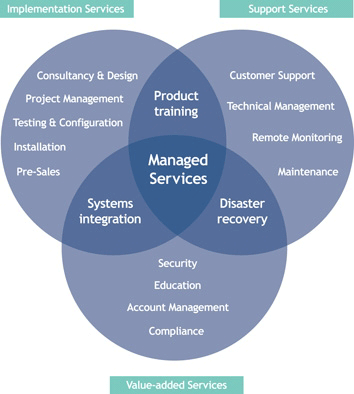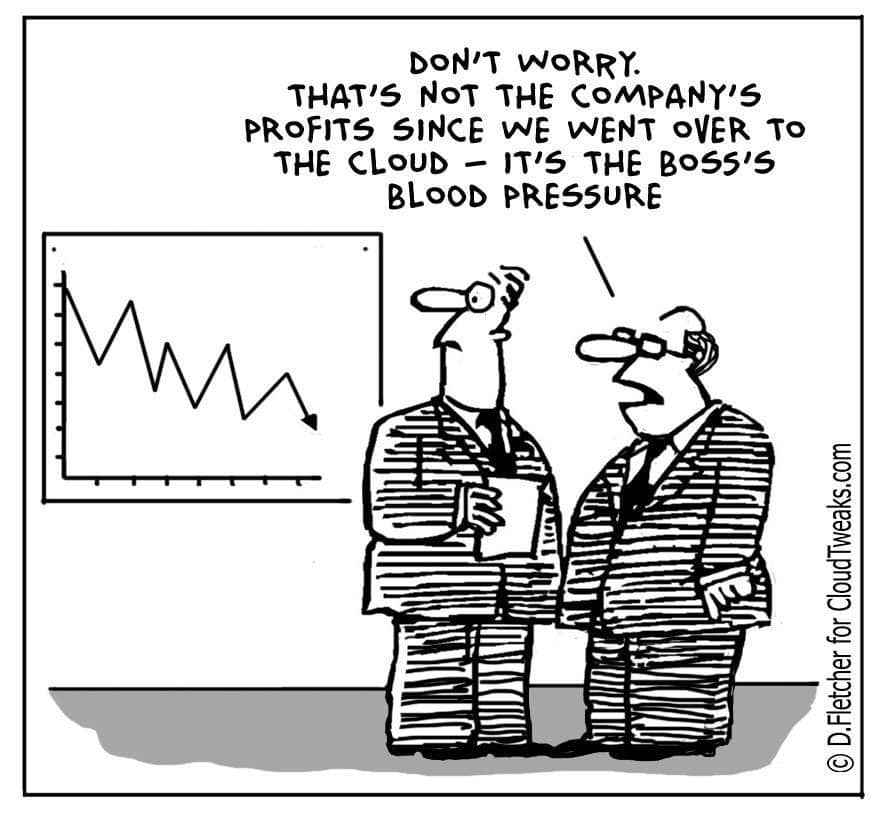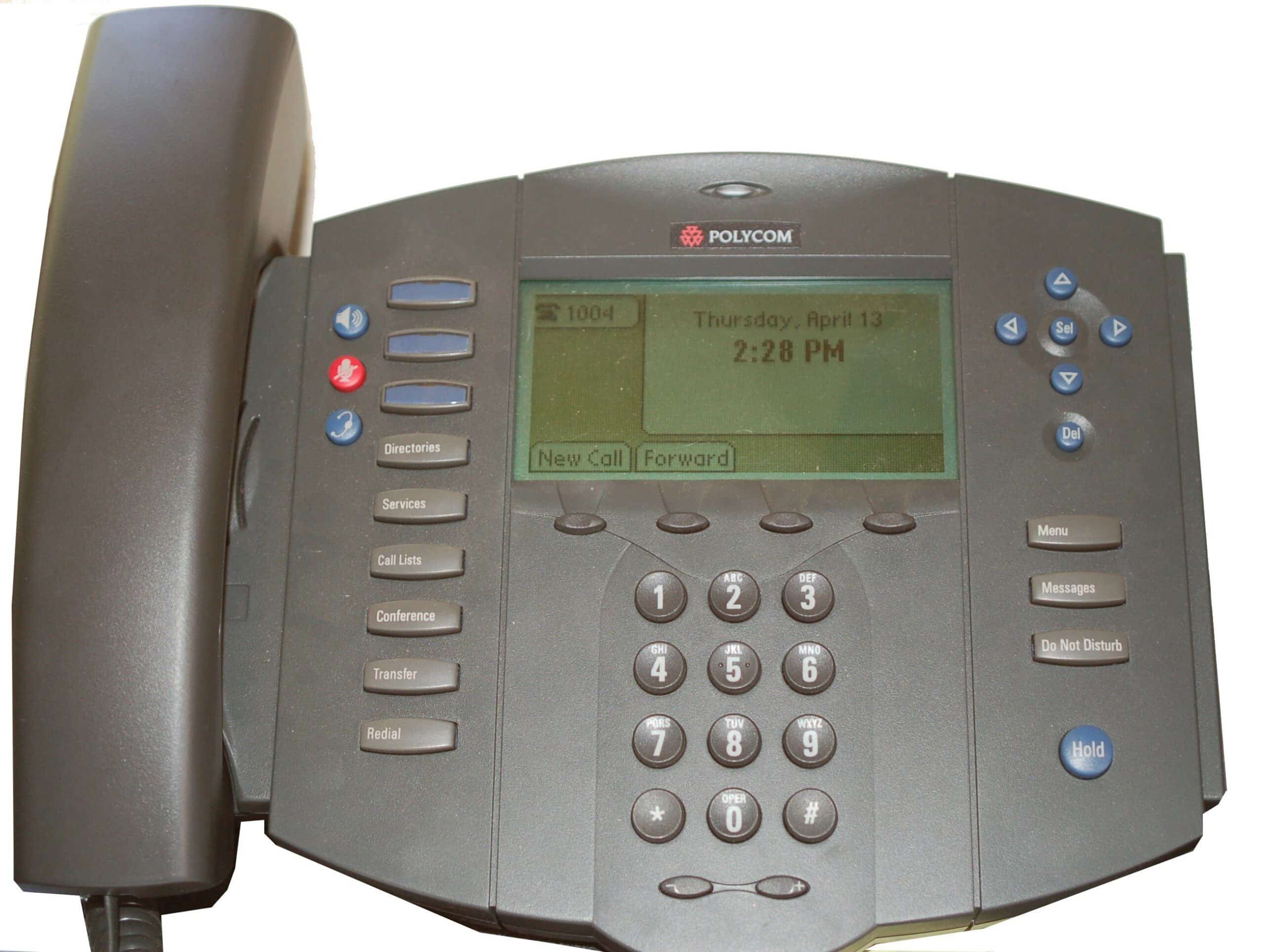Business owners know just how costly downtime can be. If your business suffers from technology problems, and your staff isn’t able to properly do their job, then you could be spending a whole lot of money with little or no reward. There is a solution to mitigate technology problems, and we will discuss every aspect of it in this five-part series. Today we discuss how to outsource the IT department, and how being proactive is the proper approach to business technology.
WHAT ARE MANAGED IT SERVICES?
Picture this: Your business suddenly encounters an IT-related issue. Your primary business system is no longer working. What do you do? You call your IT department and hope that someone can resolve the issue. So what benefit do managed IT services have that traditional approaches cannot bring to the table?
Well, traditional IT departments typically are comprised of a couple employees who know their way around a computer. However, these individuals typically do not know effective business solutions. Managed IT providers use state-of-the-art tools to constantly monitor your business’ network and hardware. Certified technicians are able to determine the operating state of your technology, and repair concerns before they become an issue. Remote management platforms allow technicians to repair individual software concerns, without the wait times of traditional IT departments.
So where is the value in these managed services? Simple. You aren’t paying an hourly rate for members of an IT staff to wait around for something to break. Providers handle IT in a proactive manner, meaning not only does your hardware last longer, but it is able to perform better.
If constantly paying your employees to sit around because your technology is slow or constantly breaking is the business strategy you prefer, then a re-evaluation may be necessary. Some of the money you are spending on employee downtime could be put towards a cost-saving IT solution, increasing business profitability. Managed IT services offer businesses a strategy which can keep their technology up and running effectively. Maintaining up-time increases productivity, efficiency, and overall organizational effectiveness.
PROACTIVE > REACTIVE
Proactiveness is the deliverable that managed IT services provide. The proactive approach is the sole reason why the service provides so much value. Having experienced professionals available at the push of a button (or click of a mouse) is what AE Technology Group has to offer. Actively monitoring your business, and doing so for a fraction of the price you would be paying with onsite IT technicians, allows you to focus on the true aspects of your business.
Do you really want to walk around your office reminding your employees to constantly patch and update their computers and other devices? Managed IT services offer comprehensive patch management. It is more important now than it ever has been to update your software. With the overwhelming cost of a data breach, shortcomings in security are no longer an option. Can you really afford the sensitive and personal data of both your customers and staff being breached? Will you be able to overcome the effect a breach will have on your business’ reputation?
Managed IT services provide an immense value to any size business. AE Technology Group has trained technicians whose primary concern is your business’ security. If you would like to learn more about what managed IT services can offer, fill out a form to speak to one of our technical advisors.





